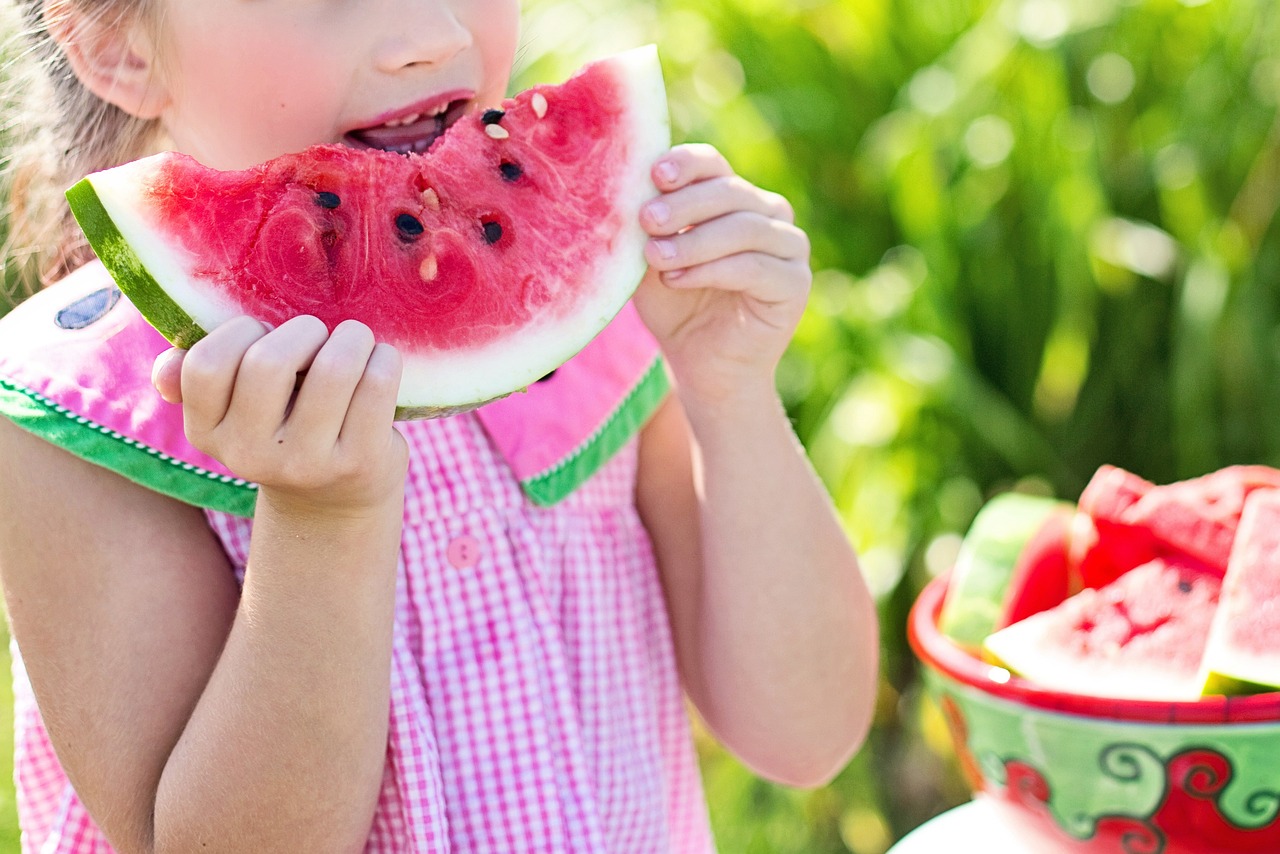Are you tired of constantly battling your kids to eat their vegetables? Do you find yourself resorting to bribes and tricks to get them to take a bite of something green? As a parent, trying to instill healthy eating habits in your children can be tough. But fear not. In this blog post, we’ll share some proven tips to have your kids loving nutritious foods in no time.
From getting them involved in meal planning to making healthy snacks fun and tasty, these strategies will make mealtime a breeze for you and your little ones. So please sit back, grab a cup of tea, and let’s dive into the world of encouraging healthy eating habits in our kiddos.
Lead by Example
Children often model their behaviors after their parents or caregivers. As a parent, setting a positive example by adopting healthy eating habits is crucial. Be mindful of the foods you consume and demonstrate enthusiasm for nutritious choices. Children who see their parents enjoying fruits, vegetables, and whole grains are more likely to follow suit. By consistently modeling healthy eating behaviors, you create a supportive environment that promotes a love for nutritious foods.
Make Healthy Foods Fun and Appealing
Presentation is key when it comes to enticing kids to eat healthy foods. Get creative and make nutritious meals visually appealing and enjoyable for children. Use colorful fruits and vegetables, arrange them in interesting shapes, and incorporate them into playful dishes. By making healthy foods visually appealing and engaging, you capture children’s attention and increase their curiosity to try new flavors. For example, you can pack your child’s lunch bento boxes with nutritious snacks arranged in fun shapes; visit https://veotag.com/pack-healthier-lunches-for-kids/ to learn more.

Involve Kids in Meal Planning and Preparation
Engaging children in the meal planning and preparation process can foster their enthusiasm for healthy eating. Allow them to have a say in selecting fruits, vegetables, and other ingredients during grocery shopping trips. Encourage their involvement in meal preparation tasks appropriate for their age, such as washing vegetables, mixing ingredients, or assembling sandwiches. By involving kids in the process, they develop a sense of ownership and are likelier to try the foods they helped prepare.
Create a Positive Food Environment
Establishing a positive food environment is crucial for encouraging healthy eating habits. Create a designated eating area free from distractions like television or electronic devices. Make mealtimes a pleasant and relaxed experience by engaging in conversation and enjoying meals together as a family. Avoid pressuring or forcing children to eat certain foods, as it can create negative associations. Instead, encourage exploration and provide a variety of nutritious options. When mealtimes are enjoyable and stress-free, children are more likely to develop a positive relationship with food.
Introduce Healthy Foods Gradually and Reinforce Their Benefits
 Introducing new foods gradually is key to expanding children’s palates. Start by incorporating small amounts of new foods alongside familiar favorites. Encourage children to taste and explore different flavors and textures without pressuring them to finish everything on their plate. Reinforce the benefits of healthy foods by discussing their nutritional value and how they contribute to overall well-being. For example, explain how carrots promote healthy vision or how calcium-rich foods build strong bones. Educating children about the positive impact of healthy foods empowers them to make informed choices.
Introducing new foods gradually is key to expanding children’s palates. Start by incorporating small amounts of new foods alongside familiar favorites. Encourage children to taste and explore different flavors and textures without pressuring them to finish everything on their plate. Reinforce the benefits of healthy foods by discussing their nutritional value and how they contribute to overall well-being. For example, explain how carrots promote healthy vision or how calcium-rich foods build strong bones. Educating children about the positive impact of healthy foods empowers them to make informed choices.
Nurturing healthy eaters is a journey that requires patience, consistency, and creativity. By leading by example, making healthy foods appealing, involving children in meal planning and preparation, creating a positive food environment, and introducing new foods gradually, parents can lay the foundation for a lifetime of healthy eating habits. So, embark on this exciting journey and witness your children flourish as they embrace healthy eating habits.






